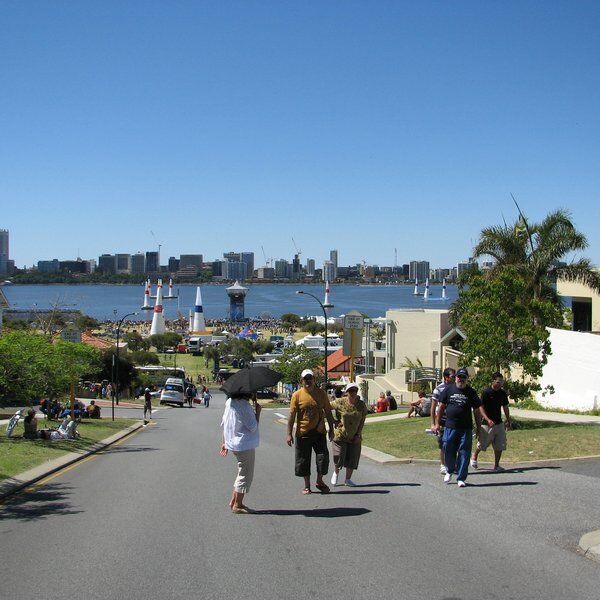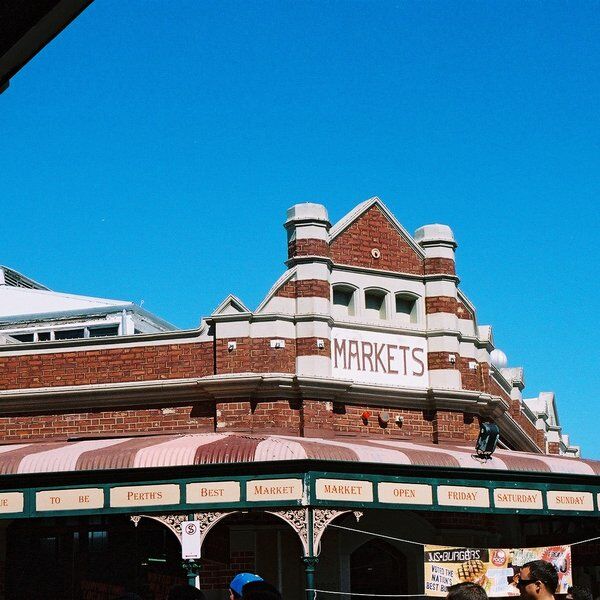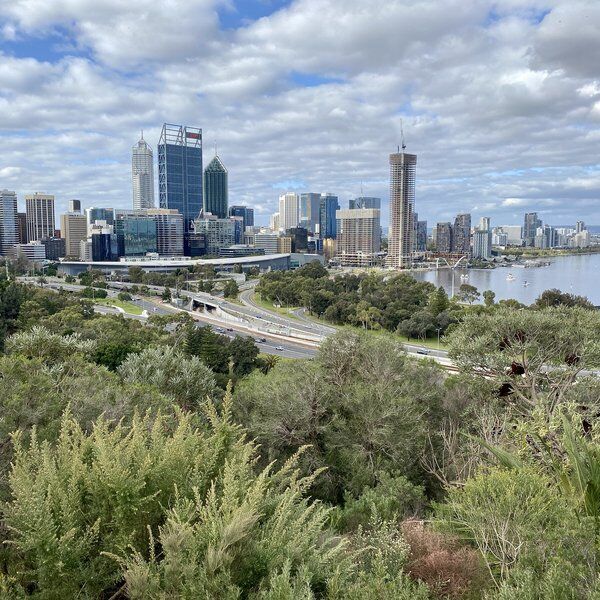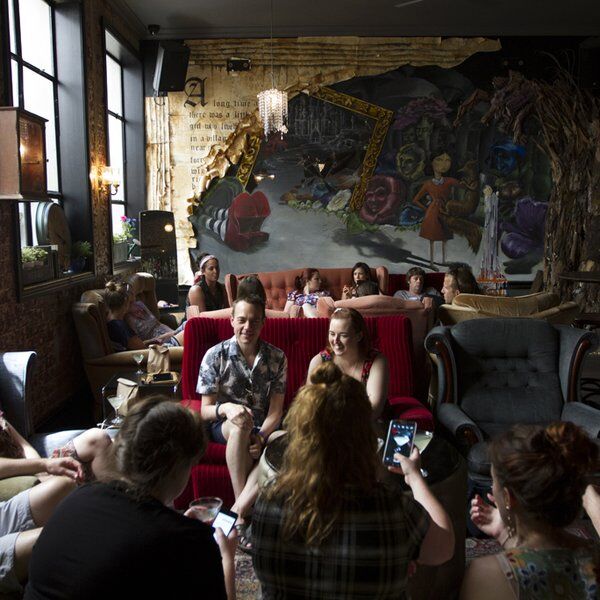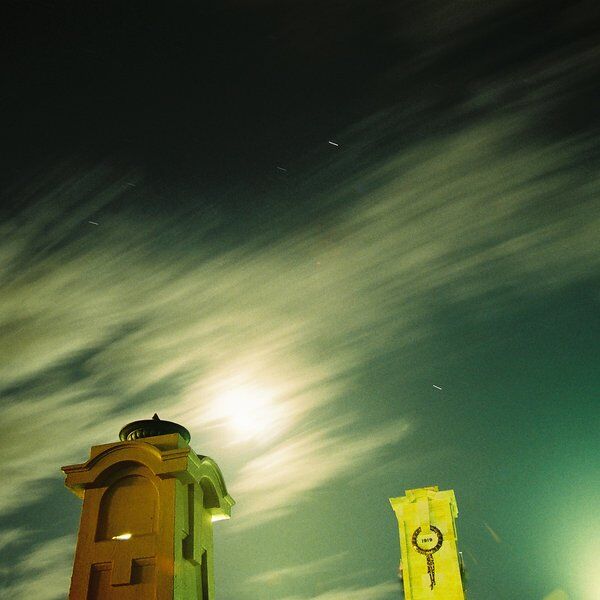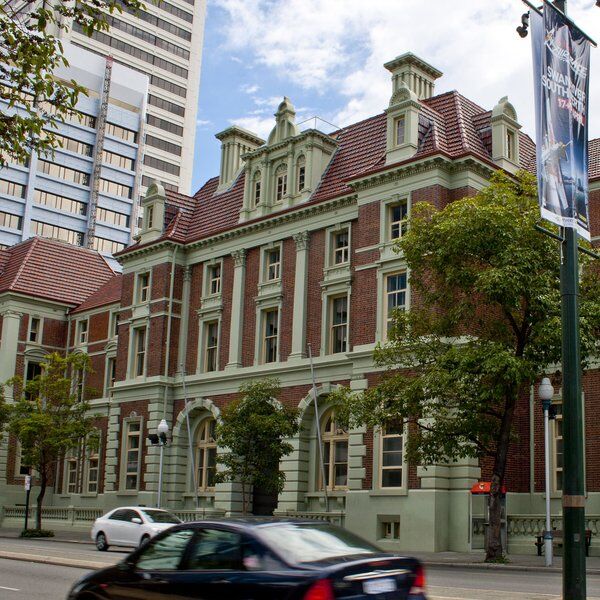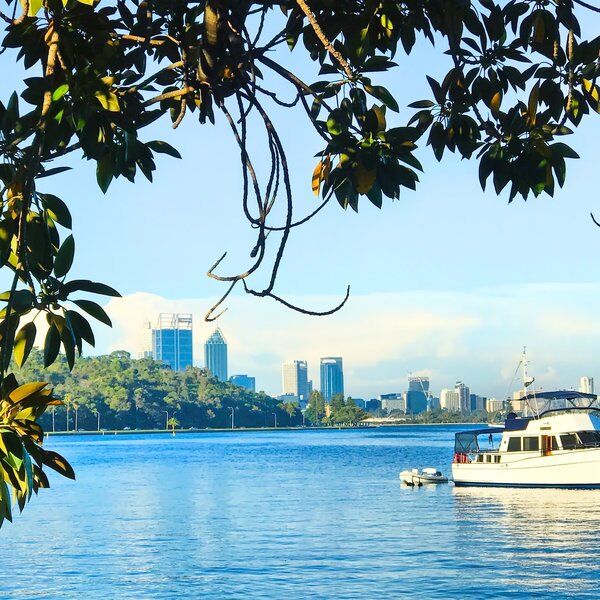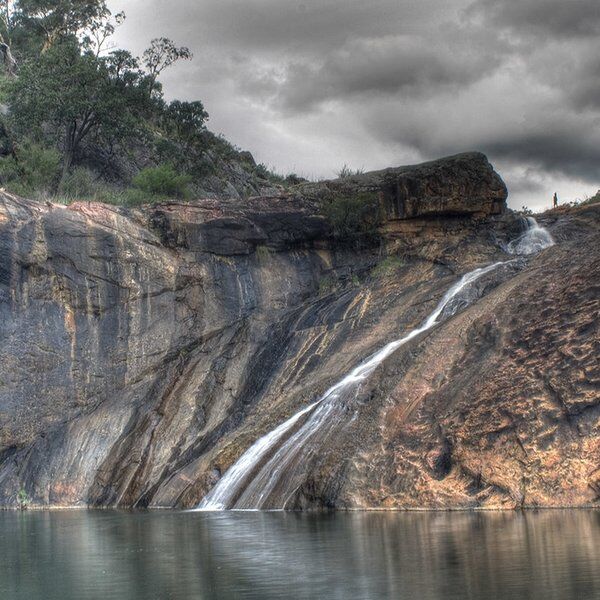WHO WAS 'YAGAN' OF YAGAN SQUARE?
Born around 1795, Yagan was a member of a 60(ish)-strong group of Noongar people that lived in what is now Perth when the British arrived in 1829.
He was taller than average, with an impressively bulky physique. A distinctive tattoo on his right shoulder distinguished him as a man of significance in the local community.
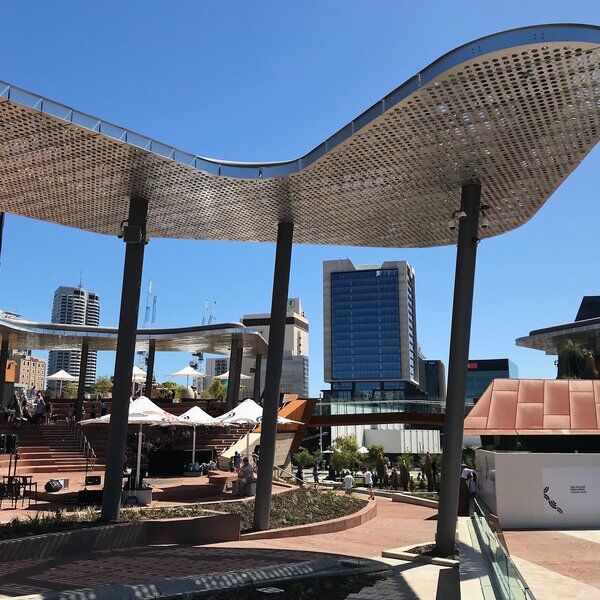
WHY NAME YAGAN SQUARE AFTER HIM?
Yagan played an important role in resisting colonial encroachment into Noongar land. To begin with, he and his people welcomed the British as returned spirits of their ancestors. Slowly however the British fenced off more and more of their land for agricultural use and relations soured. When, in December 1831, one of Yagan's kin was killed by a colonial servant for raiding a potato patch, Yagan and his father Midgegooroo led the first significant Noongar resistance to the British.
They stormed a farmhouse and, in accordance with their eye for an eye system of justice, took a colonist's life. It did not matter that this man had had little to do with the original murder.
To the British however, this detail was vital. They saw the killing as unprovoked and sent men to arrest Yagan and his band.
Yagan escaped, then struck again in May 1932, this time attacking two colonists who were sewing seeds on what had previously been Noongar hunting plains. One of the colonists died from the injuries he sustained.
In response, the British put a £20 bounty on Yagan's head.

YAGAN THE OUTLAW
Yagan evaded capture until October that same year, when he was tricked onto a boat by a group of fishermen and rowed into captivity.
He was sentenced to death until a contemporary Indigenous rights activist, Robert Lyon, intervened on his behalf, successfully arguing he should be exiled instead. Under the supervision of Lyon and two soldiers, Yagan and his men were imprisoned on nearby Cormac Island.
It's worth adding, however, that Lyon was very much an "activist" of his time. Lyon tried to convert Yagan to Christianity and teach him British ways, hoping to use him to later convince his people to submit to colonial rule. Yagan resisted.
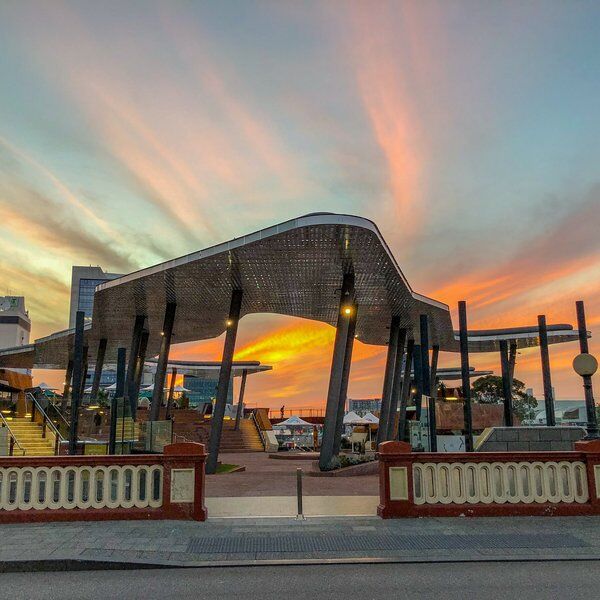
YAGAN'S RETURN
Yagan and his men escaped on a stolen dinghy. The British government, deeming them to have already been sufficiently punished, allowed them to go unpursued.
The months that followed saw numerous minor clashes between the Noongar and the colonists. In April 1833, one such incident resulted in the death of Yagan's brother.
He and his father swore revenge.
They led a band of 50-60 men in a food cart raid, killing two colonists in the process. The British responded by putting a bounty on both their heads, £30 for Yagan, dead or alive.
ON THE RUN A SECOND TIME
Yagan's dad was soon captured and then killed by a firing squad, but Yagan was not so easy to find.
He evaded his pursuers for months and once even managed to sneak into the house of a prominent colonist, George May, to plead his case. Here is May's account of the incident.
Yagan stepped forward and, leaning with his left hand on my shoulder while he gesticulated with the right, delivered a sort of recitation, looking earnestly in my face. I regret I could not understand it, I thought from the tone and manner that the purport was this:
"You came to our country — you have driven us from our haunts, and disturbed us in our occupations. As we walk in our own country we are fired upon by the white men; why should the white men treat us so?"
THE DEATH OF YAGAN
After months on the run, Yagan eventually accepted the promise of safe harbour from two young Brits, William and James Keates. He went to sleep in their spare bed and never again woke up. The Keateses shot him in his sleep along with one of his men.
In retaliation, Yagan's band killed William. James however escaped, later returning with a party of armed colonists who beheaded the recently deceased Yagan and skinned the tattoos off his back before burying him nearby.
James soon left the colony, perhaps fearing the Noongar would seek revenge.
THE DEVELOPMENT OF YAGAN SQUARE
Early colonial attitudes towards Yagan seem to have veered between feelings of fear and grudging respect. By the time Yagan Square was developed in 2016, there was a much stronger desire to honour the land's Indigenous inhabitants and Yagan's story struck a chord.
Today, he is remembered as a hero who resisted foreign invasion and died protecting his people and their land.

WHAT TO EXPECT FROM YAGAN SQUARE
At one end of the square is a 45 m tall digital tower with a 30 m wraparound digital screen that plays short films and sporting events among other things. The tower is topped with 14 pillars, each standing for one of the 14 Noongar tribes that once shared this land.
Nearby, a 9 m sculpture, 'Wirin', by Noongar artist Tjyllyungoo represents the 'sacred force of creative power that connects all life of boodja (mother earth)’. On top of this, ‘Waterline’, a 190 m long water sculpture by artist Jon Tarry, remembers the lakes the adjacent station was built on top of.
The square also features a 500-seat amphitheatre that hosts live performances and exercise classes. It is flanked by Market Hall, a food and drink complex that struggled in its early years but has since been redesigned to draw in more traffic.
Discover More Places like This with CityDays
Interested in finding more places like this? Try one of our Perth Scavenger Hunts–untangle cryptic clues as a team, as you are taken on a journey to the most unique, unusual and bizarre corners of Perth and beyond!





